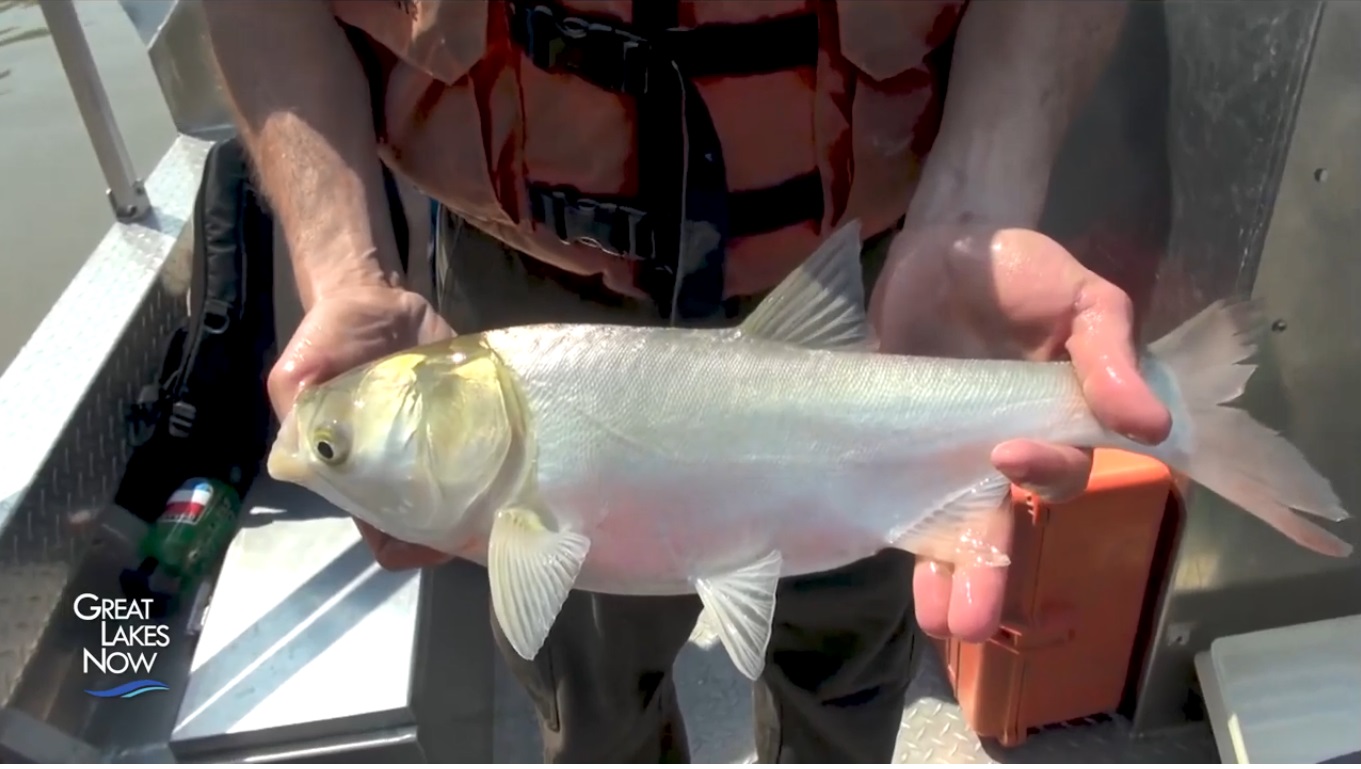
The issue of invasive species has haunted the Great Lakes region for decades, but a recent study shows that regulatory intervention can actually help stem the problem.
The study, released by McGill University and the Great Lakes Institute for Environmental Research, looked at the bi-national regulation of ballast water. According to the study, this practice has actually reduced the risk of an invasion by 85% since 2008.
Between 1959 and 2006, roughly one new invader was found in the Great Lakes region every 6 to 7 months, and 65% of those were introduced to the region via the ballast tanks of transoceanic ships, according to Anthony Ricciardi, one of the co-authors of the study and professor of invasion ecology and aquatic ecosystems at McGill University.
“No other freshwater system on the planet has been invaded as frequently,” Ricciardi said in an email.
The reason most of these invasive species have been introduced to the Great Lakes region was because of an initial lack of ballast water regulation. When major ships arrive from overseas, they take in or release copious amounts of water to maintain stability and maneuverability. However, this practice often results in non-native species simultaneously being introduced to the region.
A 2008 mandate for open ocean flushing appeared to be a promising piece of legislation for many activists.
“In my opinion, I don’t think it was a heavy lift for ships to conduct ballast water flushing. It didn’t take that much energy or much time. It was a relatively simple practice,” said Jim Weakley, the president of the Lake Carriers Association. The LCA represents U.S.-flag vessel operators in the Great Lakes.
Like the Lake Carriers Association, many major shipping companies are in support of legislation that will regulate ballast water contents.
“We were a driving force behind making valves and ballast water flushing mandatory,” said Weakley.
But while regulations on ocean-going freighters have been in place since 2008, lakers – ships that remain within the Great Lakes – had largely been able to avoid adhering to such legislation.
Environmentalists argue that lakers also play a major role in the introduction of invasive species to the Great Lakes region, as the line of locks, dams, and channels that link the Great Lakes to the Atlantic Ocean allows foreign substances to enter the area.
And last year, Canada implemented new regulations requiring all ships, even lakers, to treat ballast water, but the U.S. remains a holdout.
“Investing in prevention is also critical in this context as the most cost-effective solution for managing invasive species,” said Jenna White, policy and program development intern at the Invasive Species Centre, a nonprofit based in Ontario with the goal of preventing the spread of invasive species in Canada.
According to White, this practice actually has the ability to yield economic returns of up to 100 times higher than managing a species after it has already been introduced to a region. Already, zebra mussels, which came to the Great Lakes in the late 1980s, have cost the U.S. and Canada billions of dollars in mitigating outbreaks and repairing damage.
But even with the impact that this ballast water regulation has had on the region, invasive species remain a threat to the region. Zebra mussels, for example, have recently been found in aquarium moss balls sold in pet stores all across the U.S.
“The Great Lakes basin remains at risk of invasion from other vectors,” Ricciardi said, “especially those associated with trade in living species—fish, plants and invertebrates sold through the aquarium trade, plants sold through the ornamental garden trade, fish sold as bait, and species sold through food markets.”
Catch more news at Great Lakes Now:
New Ontario watercraft regulations fight invasive species
Canada expands ballast water restrictions to reduce invasive species spread
Featured image: A man holds out a silver carp, one of the invasive Asian carp species threatening the Great Lakes. Photo from Great Lakes Now episode 1006.
1 Comment
-
How many types of virus and bacteria have been introduced? Some virus can remain dormant in sediment until released through dredging, construction, propeller agitation etc years later. The establishment of an invasive can take years. The study of pathogenic bacteria and virus in ballast water is evolving.




